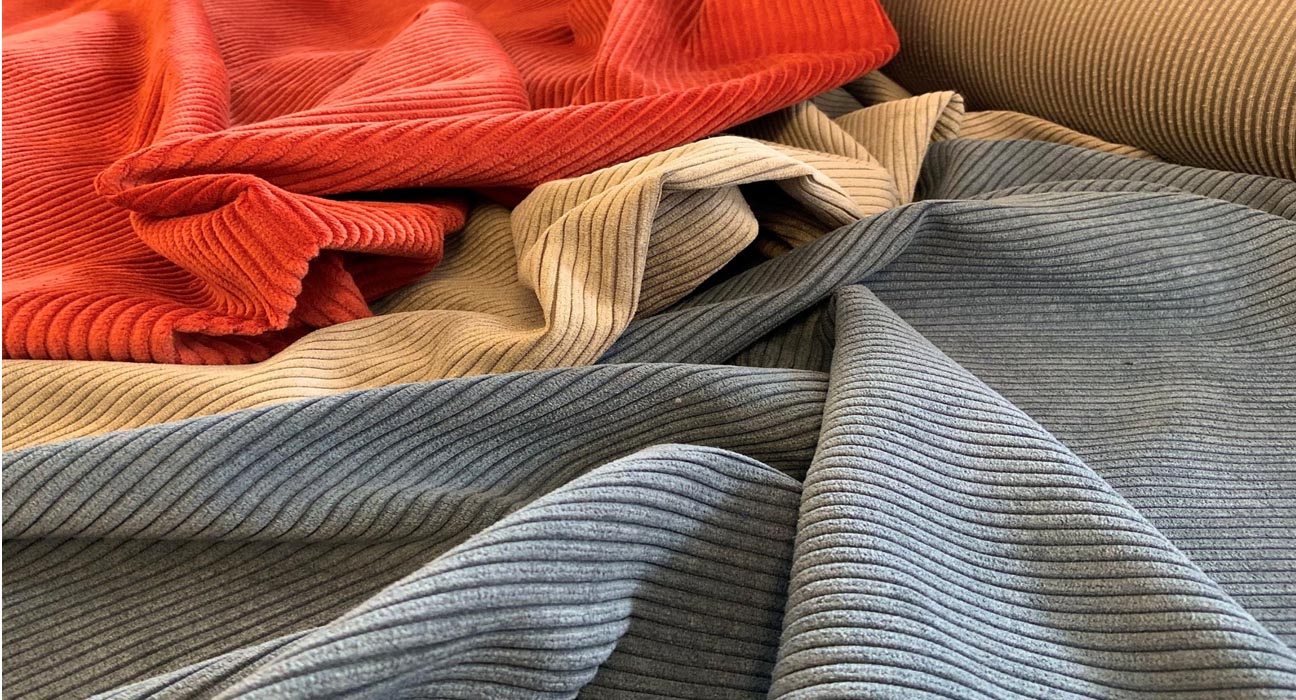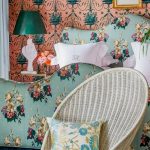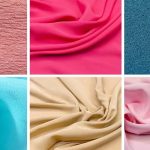What is Corduroy Fabric? Properties, Characteristics, and Uses
Corduroy is a durable, ridged fabric that textile producers can make with a variety of different materials. This fabric is most notable for its unique ridged pattern, which corduroy producers can weave in a variety of widths.
What is Corduroy Fabric?
Corduroy is a textile with a distinctively raised “cord” or wale texture. Modern corduroy is most commonly composed of tufted cords, sometimes exhibiting a channel between them.
Both velvet and corduroy derive from fustian fabric. It looks as if it is made from multiple cords laid parallel to each other.
At a Glance
| Fabric name | Corduroy |
| The fabric is also known as | Corded velveteen, Manchester cloth, elephant cord, pin cord |
| Fabric composition | Cotton, cotton-poly blend, wool, or fully synthetic |
| Fabric possible wale variations | 1.5 to 21 |
| Fabric breathability | Medium |
| Moisture-wicking abilities | Medium |
| Heat retention abilities | Depends on the material used |
| Stretchability (give) | Low |
| Prone to pilling/bubbling | Depends on the material used |
| Country, where the fabric was first, produced | England |
| Biggest exporting/producing country today | China |
| Recommended washing temperatures | Depends on the material used |
| Commonly used in | Pants, overalls, jackets, uniforms, shirts, dresses, pillows, upholstery |
Uses of Corduroy Fabric
In the past, garment manufacturers used corduroy fabric to make everything from workwear and soldier’s uniforms to hats and upholstery.
This fabric isn’t as popular as it used to be, however, so the applications of corduroy have slimmed down somewhat.
These days, garment manufacturers primarily use corduroy to make overalls (also known as dungarees), pants, and jackets.
Corduroy trousers have lost the cult-like popularity they enjoyed in the 1970s, but pants made out of this material can’t seem to quite go out of style.
Outside the realm of apparel, furniture and accessory makers also use corduroy to make chair and couch coverings as well as decorative cushions.
Starting in the 1910s, the first automobiles on the market featured corduroy upholstery, but more durable weaves soon replaced this fabric.
Don’t expect to find corduroy on the seats of any modern cars, but don’t be surprised if you come across this ridged fabric on the surface of your friend’s couch.
Corduroy Fabric types
Standard wale, at 11 wales/inch, available in many colors
Pincord (also called pinwale or needlecord), the finest cord, with a count at the upper end of the spectrum (above 16)
Pigment dyed/printed , where the fabric is colored or printed with pigment dyes. The dye is applied to the surface, then the garment is cut and sewn.





